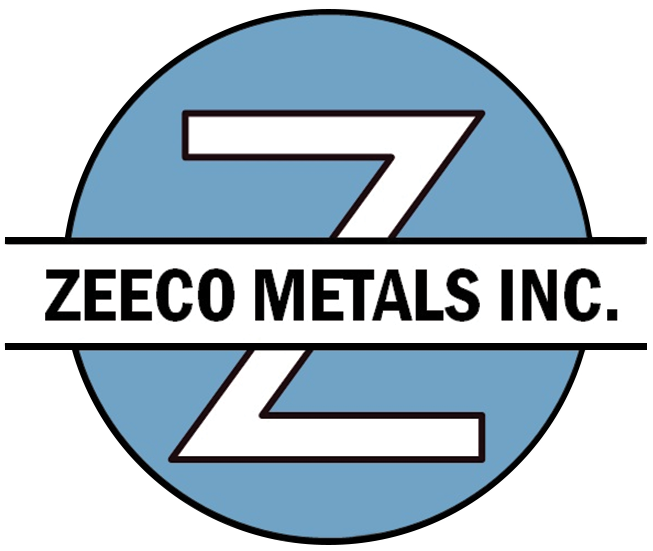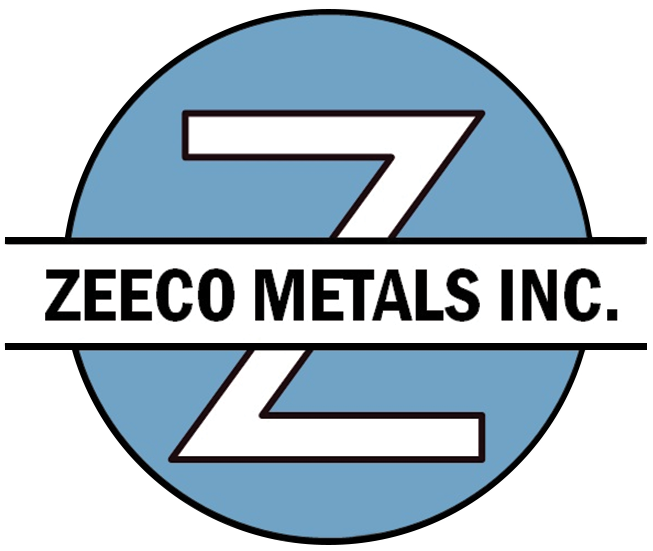Steel undergoes various processing methods to meet diverse industrial needs. Among these, hot and cold rolling are two primary techniques employed in producing steel coils. Understanding the differences between these methods and how they are processed is crucial for businesses in various sectors.
This article discusses the technical aspects of hot rolled steel vs. cold rolled steel, focusing on the slitting process and how it influences material properties.
Hot Rolled Steel vs. Cold Rolled Steel Coils
Hot rolled steel is formed by heating steel slabs above their recrystallization temperature and shaping them into coils by rolling them. This results in a rougher surface texture and slightly variable thickness. These coils find applications in structural components, railroad tracks, and welding due to their lower cost and ease of forming.
In contrast, cold rolled steel is produced at room temperature, creating coils with tighter dimensional tolerances and a wider range of surface finishes. It is preferred in industries where precise dimensions, surface quality, and mechanical properties are crucial, such as automotive and aerospace.
The Slitting Process: Enhancing Steel Coil Properties
Processing hot rolled steel vs. cold rolled steel coils involves several steps to transform raw steel into finished products suitable for various industrial applications. Among these, slitting is essential in transforming wide steel coils into narrower strips that meet specific width requirements. This process significantly influences the final properties of the steel, affecting hot rolled and cold rolled coils differently.
1. Ensures Thickness Uniformity
For hot rolled coils, slitting helps minimize thickness variations, which can be more pronounced due to the high-temperature cooling process. Cold rolled coils, already known for their uniform thickness, benefit from slitting by maintaining this consistency, ensuring precise dimensions for high-precision applications.
2. Enhances Surface Quality
Hot rolled steel coils have a rough, scaly surface due to rapid cooling post-rolling. Slitting can marginally smooth edges, improving suitability for less critical surface finish applications. Meanwhile, the already smooth surface finish of cold rolled steel coils is preserved, making them ideal for applications requiring a flawless appearance
3. Reduces Residual Stresses
Hot and cold rolling processes can introduce residual stresses into steel coils due to uneven cooling or deformation. Slitting can help alleviate these residual stresses by releasing tension along the length of the coil as it is cut into narrower strips. This can improve the dimensional stability and flatness of the steel strips, reducing the risk of warping or distortion during subsequent processing or usage.
4. Improves Mechanical Properties
Slitting can also influence the mechanical properties of steel coils. By controlling factors such as tension, speed, and blade geometry during the process, manufacturers can tailor the mechanical properties of coils to meet specific requirements.
Experience Precision Steel Slitting at Its Finest With Zeeco Metals!
At Zeeco Metals, we specialize in the precision slitting of hot and cold rolled steel coils. Our state-of-the-art equipment can handle various steel coil grades and thicknesses — from narrow slit coils as small as 0.5 inches to larger custom dimensions. We also work on other steel types, including galvanized, high-strength low-alloy (HSLA), and aluminized steel. With streamlined production processes and an optimized workflow, we meet your deadlines without compromising quality.
Contact us today to learn how our services can meet your specific needs!


